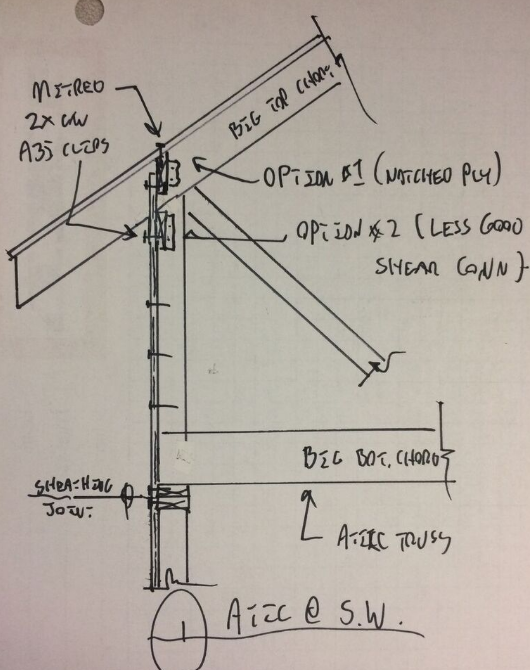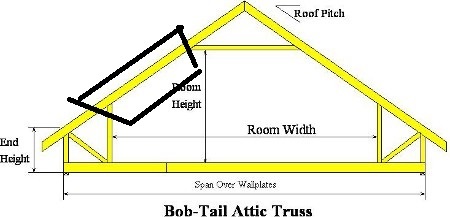jtwright4216
Civil/Environmental
- Apr 9, 2009
- 20
Working on a project with attic trusses over the entire upper floor. However, these have a high heel height of 8'-0". How would you guys analysis the lateral (transverse to the trusses) for this. Typically, I would call out for shear panels at high heel locations but 8'-0" tall x 2'-0" wide shear panels between trusses doesn't seem like a good option. I thought of considering it as another story but then you get into issues with load path since we don't have a top chord. I guess you could block and strap across?
Has someone ran across this before? OR have any ideas.
Has someone ran across this before? OR have any ideas.


